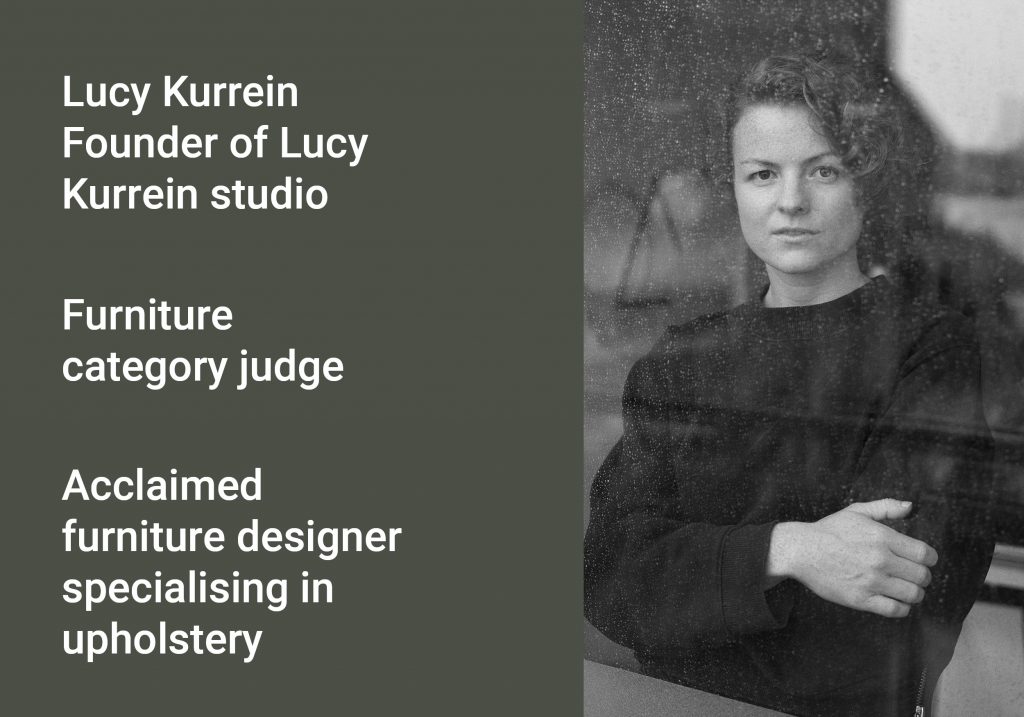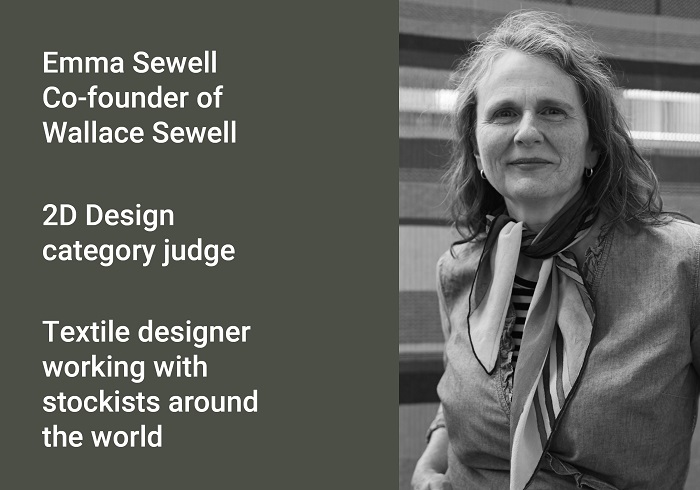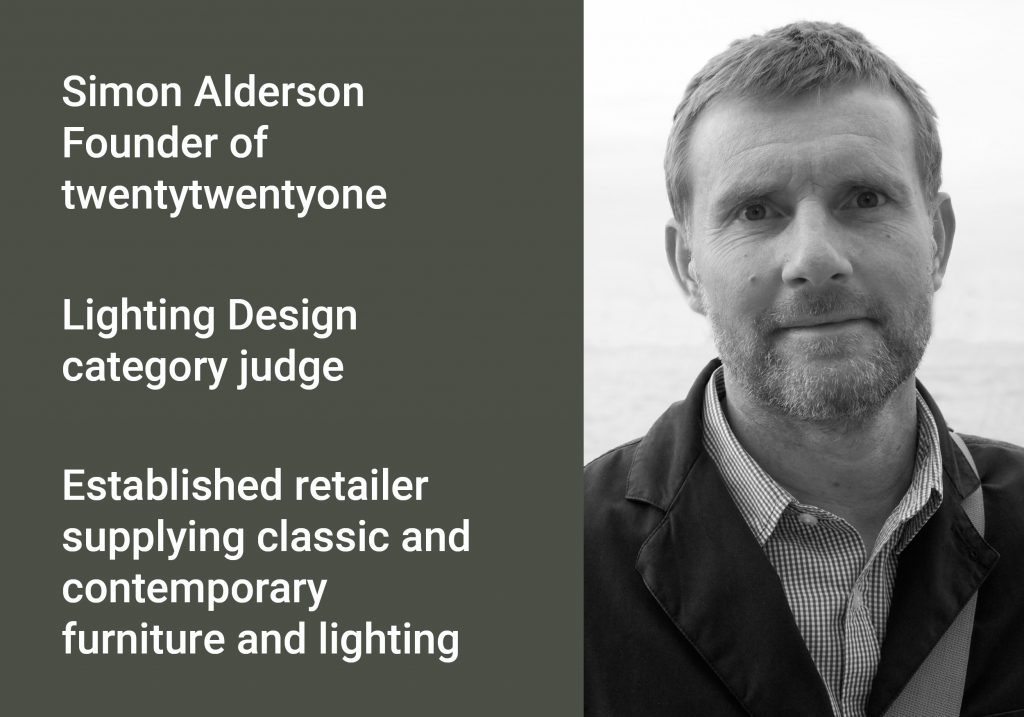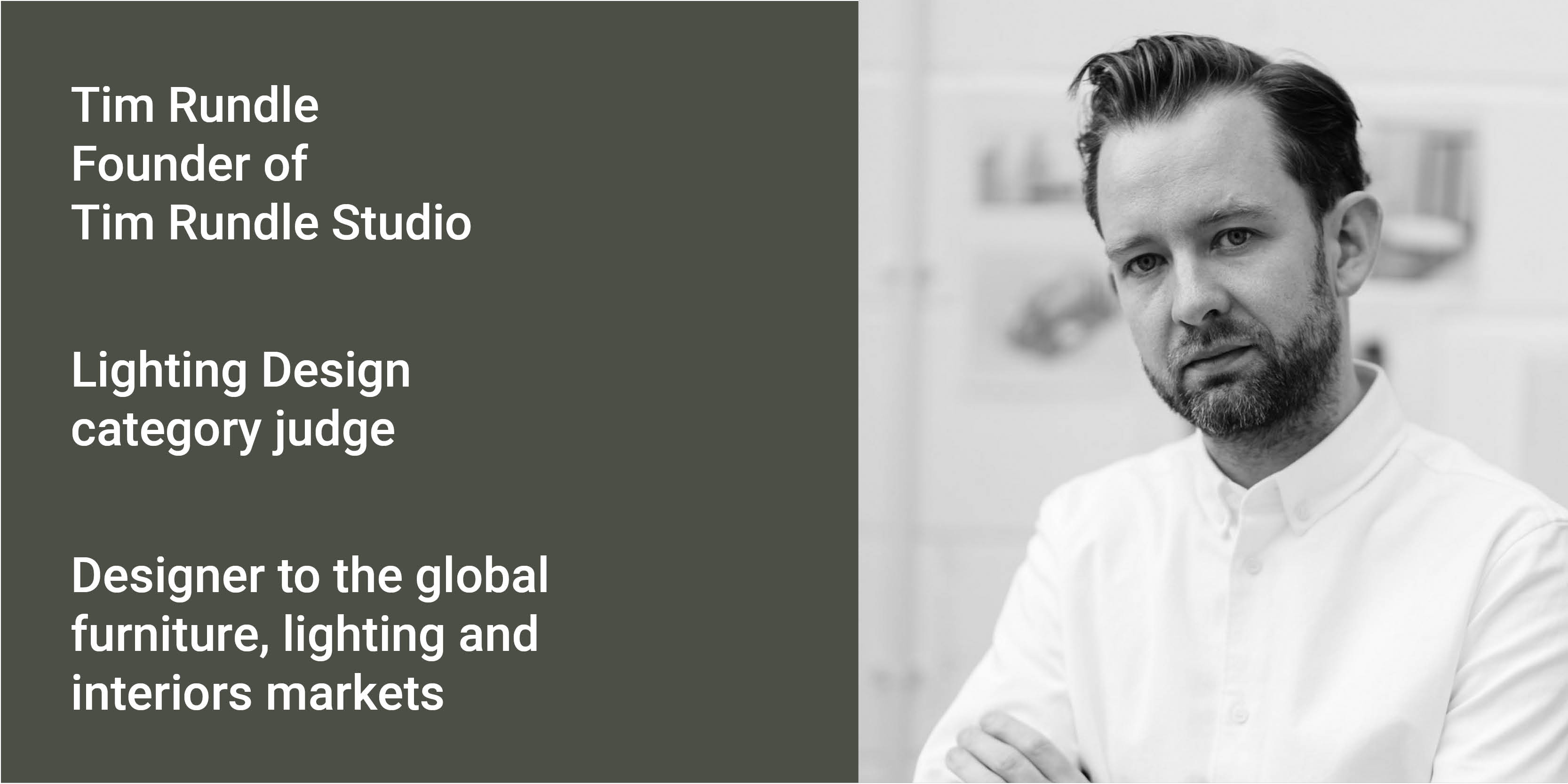
2020 marks a new era for the Design Guild Mark as next year will see the introduction of our new Lighting Design category – something we’re very excited about.
The launch of the new category meant one thing – we had to source a new panel of design experts to adjudicate over the many applications we hope to receive. The prestige of the Design Guild Mark is maintained through the strength of the judging panel, and we don’t think you’ll be disappointed with who is on the new Lighting Design category. Over the coming months, we’ll be interviewing them all, but first up is Tim Rundle.
Tim is an industrial designer specialising in lighting, furniture and consumer products. Originally from New Zealand, Tim relocated to London in 2008 and worked for some of the most high profile design companies in the UK including Tom Dixon, Conran+Partners and Priestmangoode, before founding his eponymous studio in 2015.
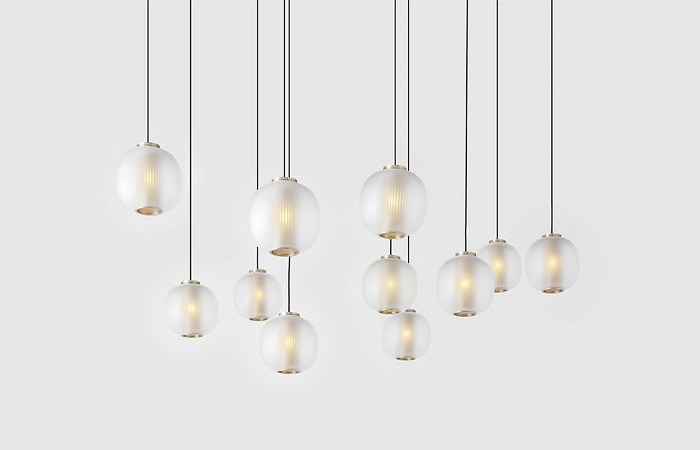
What first turned you on to a career in the design world?
I think it was in a way an inevitability. There was the usual preoccupation with drawing and Lego from a young age, and for some years I had assumed I was going to be an architect. It wasn’t until I arrived at architecture school that I discovered Industrial Design, and it immediately clicked that this was what I really wanted to be doing. The designers whose work I admired, Alvar Alto, Arne Jacobsen et al, were always referred to as architects, so I wasn’t really aware of this other profession, but was immediately drawn to the hands on process of prototyping that isn’t possible with architecture.
What inspires you?
There’s no single topic or source for my inspiration, instead I try to stay observant and curious wherever I am, whatever I’m doing. On the other hand, materials and manufacturing techniques always seem to have an influence on my work. Also, my initial interest in Architecture helps me to think about the products I design within a spatial context, rather than in isolation.
What does design excellence mean to you?
To me, design excellence is a product that has been thoroughly thought through in every detail and displays a deep understanding of both its user, and the materials and processes that brought it to life. Efficiency in structure and mechanism is important, achieving its function with the least possible effort. I guess I do subscribe to Dieter Rams idea of “Less, but Better”.
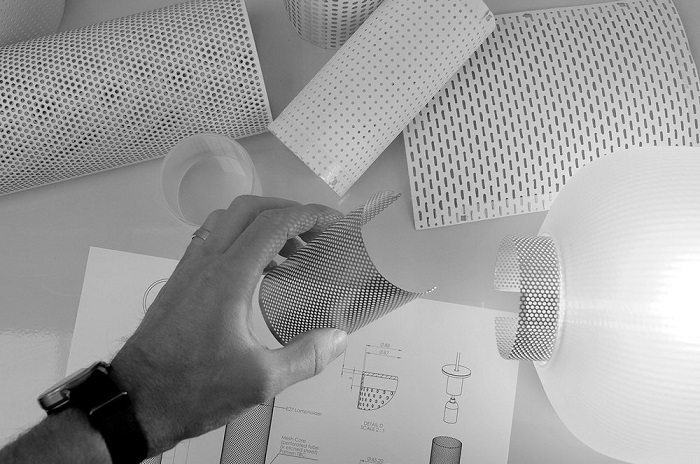
What outside factor is having the biggest impact on design at present?
Without a doubt it has to be sustainability. All design brands are talking about, whether they are doing it genuinely or superficially. If designers think more carefully about the materials we use, and the way we bring them together, we’ll be in a much better place. It’s not so much about using overtly recycled looking materials for marketing purposes, but using materials that are renewable, or can be reused indefinitely, as well as encouraging and helping the companies we work for move towards a circular economy model.
What trends are you noticing in lighting design at the moment?
I try to avoid talking about ‘trends’ as such, and instead look for themes that are driven by new possibilities in materials and technology. Without a doubt, in recent years, the biggest influence in lighting has been LED technology becoming much more sophisticated and affordable. When using LED technology, there is so much potential in terms of form factor and how you distribute and direct light, but there are also challenges. Due to the relative newness of the technology, the market for components is vast and lacks the standardisation of the more mature technologies, so putting together the right parts can be difficult.
What are you hoping to see from the 2020 Design Guild Mark applications?
I hope to see well-considered products that are designed to last, both physically and aesthetically. I’m excited about seeing lighting products that exploit new technology to explore new forms and most importantly, create a perfect light output for their purpose.


